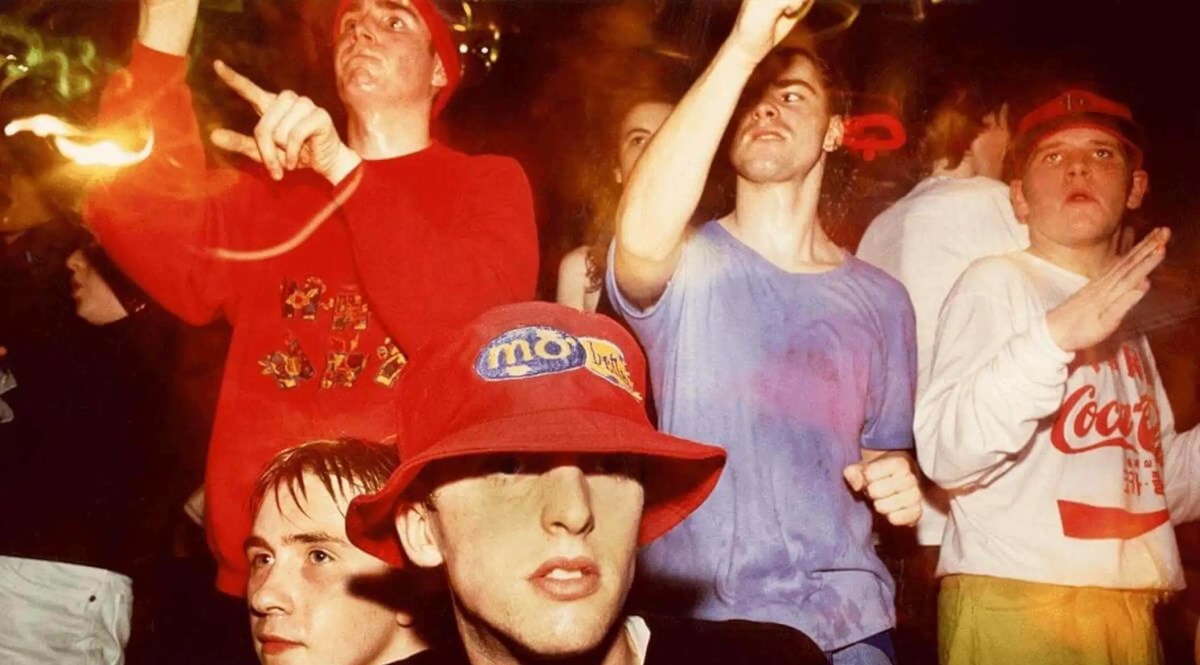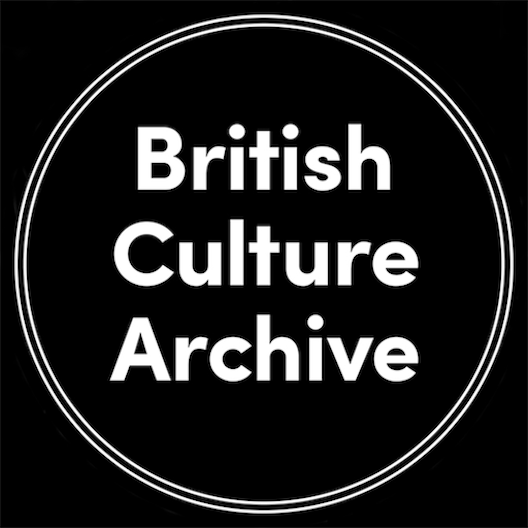

As a founder of the Rock Against Racism movement in the 1970s, Red Saunders was a key player in organising gigs and festivals that inspired a generation of musicians and activists.
In the midst of societal turbulence, music has often served as a powerful catalyst for change. In the United Kingdom, the Rock Against Racism (RAR) movement emerged in the late 1970s as a response to the rise of racist sentiments and the increasing visibility of far-right groups. Through a combination of concerts, protests, and activism, RAR not only confronted racial prejudice but also celebrated diversity and unity.
In the mid-1970s, Britain was grappling with economic challenges and social upheaval. Against this backdrop, there was a noticeable increase in racist sentiments and activities. The National Front, a far-right political group, gained momentum, and incidents of racism were on the rise. In response, a group of activists and artists decided to use the power of music to counteract this divisive trend. RAR was born as a grassroots initiative in August 1976, shortly after Eric Clapton’s infamous drunken rant in support of Enoch Powell at the Birmingham Odeon.
Clapton
Red and a group of like-minded friends wrote to the NME to express their anger and disgust against Clapton.
“Come on, Eric, own up – half your music is black… P.S. Who shot the Sheriff, Eric? It sure as hell wasn’t you!”
At the end of the letter, they called for people to help form Rock Against Racism and received hundreds of replies from like-minded fans who recognised the hypocrisy and wanted to proclaim the black roots of the music they loved.

Photo © Red Saunders.
'Music that breaks down people's fear of one another'
Over six years, between 1977 and 1983, RAR organised over five hundred gigs up and down the country, as well as the national carnivals organised in conjunction with the Anti-Nazi League. Hundreds of thousands came onto the streets to march and unite against racism and the National Front, with bands such as The Clash, X-Ray Spex, Buzzcocks and Steel Pulse all appearing at events throughout the country.

As well as the large outdoor festivals, many RAR gigs took place at more intimate venues across the UK, attracting many great politically engaged artists and bands. The Members, John Cooper Clarke, Sham 69, and Misty in Roots performed for a diverse and passionate audience. Their music broke down people’s fear of each other and gave a two-finger salute to the institutional racism embedded in British society. The carnivals and gigs were pivotal in demonstrating the power of music to bring people together in opposition to racism.

Photo © Red Saunders.
Already a working photographer for the Sunday Times Magazine before founding Rock Against Racism, Red was happy to capture several gigs and events for the RAR fanzine Temporary Hoarding, sold at gigs nationwide. Temporary Hoarding served as a platform for discussing issues related to racism, music, and politics. The publication was crucial in spreading the movement’s message and fostering community among supporters.
After an arson attack at the Stoke Newington studio “Four Walls” in 1993, Red unfortunately lost a significant body of his work dating back to the 1960s. Currently, Red is working through what remains of his archive and is documenting them on his Instagram page.
RAR’s influence on British society was profound. By bringing together musicians, activists, and communities, the movement fostered a sense of solidarity and empowerment. It challenged the normalisation of racist rhetoric and encouraged people to confront prejudice in their own lives.
Gallery

Photo © Red Saunders.

Photo © Red Saunders.

Photo © Red Saunders.

Photo © Red Saunders.

Photo © Red Saunders.

Photo © Red Saunders.

Photo © Red Saunders.
All images © Red Saunders, all rights reserved.
- Article first published
READ NEXT
SUPPORT BCA
British Culture Archive is an independent archive and cultural resource set up through a genuine passion for photography. Since 2017, we have supported British photography by publishing and exhibiting works from photographers and by unearthing and giving a global platform to previously unseen photography.
Our online galleries and exhibitions will always be free for everyone. Public support and funding are vital for us to continue documenting and preserving important photography. If you appreciate our work, please consider donating through the link below.



